Morning Shade/Afternoon Sun - what should I plant?
dtownjbrown
16 years ago
Featured Answer
Sort by:Oldest
Comments (19)
duluthinbloomz4
16 years agoSaypoint zone 6 CT
16 years agoRelated Professionals
Benbrook Landscape Architects & Landscape Designers · Middle Island Landscape Architects & Landscape Designers · Edmond Landscape Contractors · Clayton Landscape Contractors · Commack Landscape Contractors · Dallas Landscape Contractors · Gaithersburg Landscape Contractors · Lebanon Landscape Contractors · Paterson Landscape Contractors · Soddy Daisy Landscape Contractors · West Covina Landscape Contractors · Winter Gardens Landscape Contractors · Brentwood Decks, Patios & Outdoor Enclosures · Fort Pierce Decks, Patios & Outdoor Enclosures · Westford Decks, Patios & Outdoor Enclosuresdtownjbrown
16 years agotim_in_ny
16 years agodtownjbrown
16 years agomjsee
16 years agoSaypoint zone 6 CT
16 years agogardengal48 (PNW Z8/9)
16 years agoBrent_In_NoVA
16 years agonandina
16 years agokarinl
16 years agodtownjbrown
16 years agokarinl
16 years agonandina
16 years agodtownjbrown
16 years agoSaypoint zone 6 CT
16 years agowellspring
16 years agorajkumaroberoi100_gmail_com
13 years ago
Related Stories
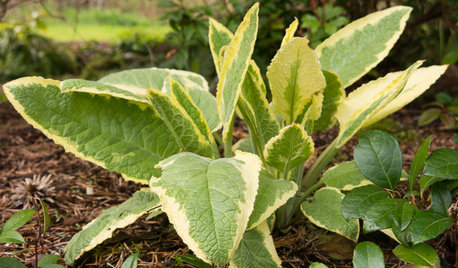
GARDENING GUIDESGreat Design Plant: Axminster Gold Comfrey for Sun or Shade
Plant this perennial for bold color that will light up shady spots, sparkle in the sun and add interest from spring until fall
Full Story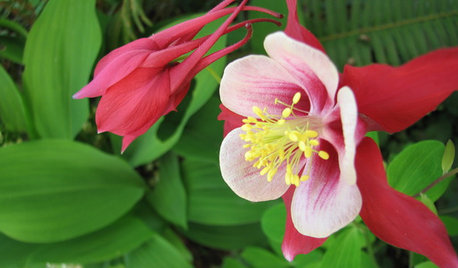
GARDENING FOR BUTTERFLIESGreat Design Plant: Columbine Grows Happily in Shade and Sun
Its ethereal beauty comes from complex forms and wide-ranging colors, but columbine’s benefits are highly attractive too
Full Story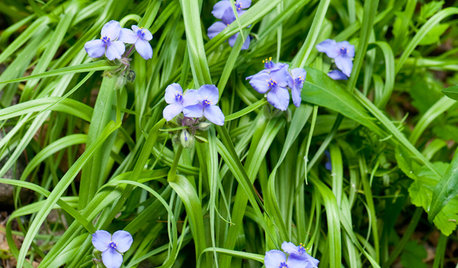
GARDENING GUIDESGreat Design Plant: Tradescantia Ohiensis Adds Shades of Blue
This reliable, adaptable U.S. native provides spider-like foliage and clusters of blue to purple flowers in Eastern gardens each spring
Full Story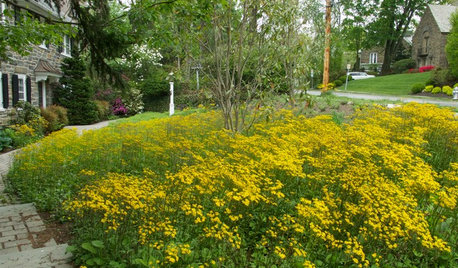
GARDENING GUIDESPackera Aurea Puts On a Springtime Show in Sun or Shade
This vigorous native ground cover welcomes bees with its early-blooming flowers and makes an attractive lawn alternative
Full Story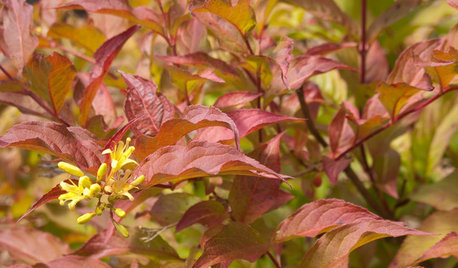
GARDENING GUIDESGreat Design Plant: Northern Bush Honeysuckle, a Bronze Beauty
It helps control erosion and takes sun or shade. The butterflies love it. But the best part of this shrub may be the vivid foliage
Full Story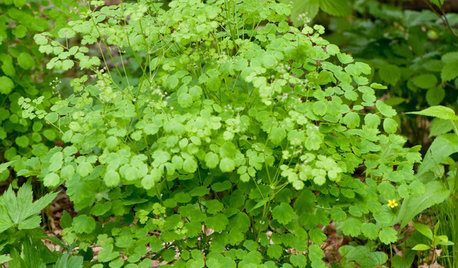
GARDENING GUIDESGreat Design Plant: Thalictrum Dioicum Thrives in Dry Shade
Plant early meadow-rue in eastern U.S. woodland gardens for its tolerance of dry sites and shade
Full Story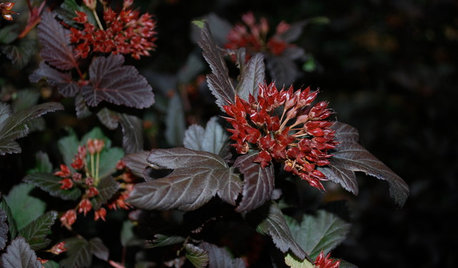
LANDSCAPE DESIGNGreat Design Plant: Sun-Loving Ninebark Puts on a Color Show
This tall, dark and handsome native shrub is equally at home in jeans and boots or in a suit and tie
Full Story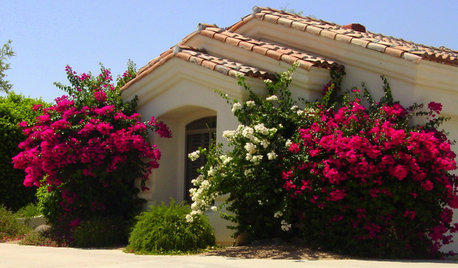
LANDSCAPE DESIGNGreat Design Plant: Sun-Loving Bougainvillea Showers Yards With Color
Bring unbeatable vibrancy to a garden or wall with this unfussy and trainable shrub packed with colorful bracts
Full Story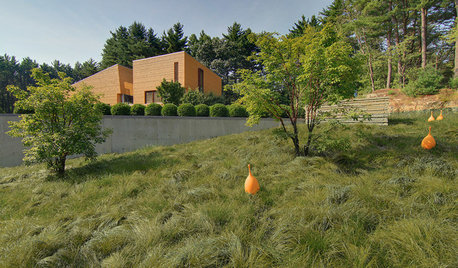
FLOWERS AND PLANTSCarex Pensylvanica Fills the Void in Dry Shade Gardens
Plant Pennsylvania sedge in eastern U.S. woodlands or dry shade gardens for spring flowers and softly textured bright green leaves
Full Story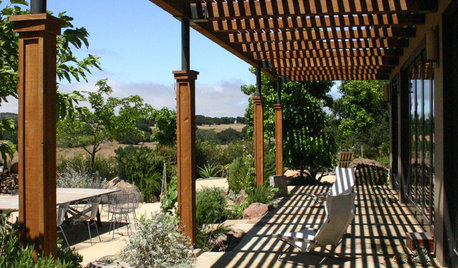
PATIOSPatio Details: A Shaded Patio Opens Up the View in Wine Country
A Douglas fir and metal pergola offers shelter from the hot sun on this scenic California property
Full StoryMore Discussions







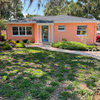
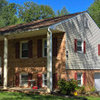


mjsee